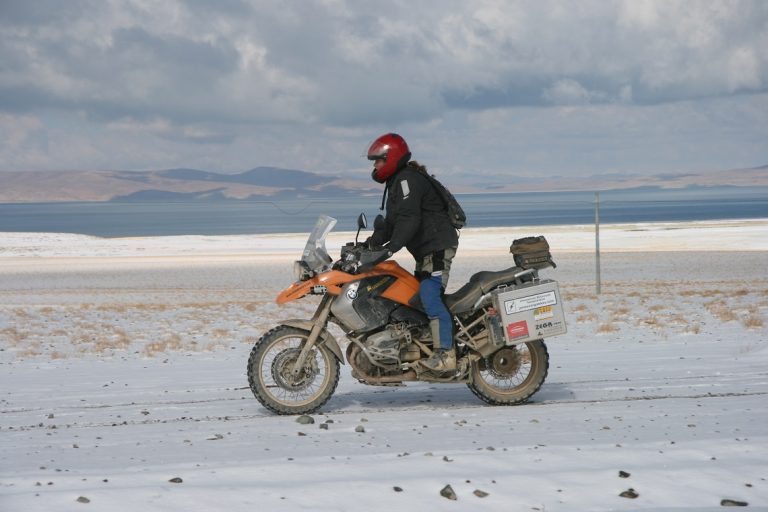Any questions?
Q. I bought the Rukka Arma S kit in the autumn. I love it but have found it cold, mainly on my front and chest. I appreciate everyone feels the cold differently, but I was wondering what you normally wear under your Rukka outfit during the four seasons? Steve Holmes, via email
 A. ABR’s gear editor Paul Jennison says: What you don’t mention is whether you’re riding with the thermal lining in the jacket or not. The Rukka Arma S is an excellent piece of kit with great weather-resistant properties. However, it’s only the outer shell that keeps out the weather; it won’t keep you warm without a liner and proper insulation underneath.
A. ABR’s gear editor Paul Jennison says: What you don’t mention is whether you’re riding with the thermal lining in the jacket or not. The Rukka Arma S is an excellent piece of kit with great weather-resistant properties. However, it’s only the outer shell that keeps out the weather; it won’t keep you warm without a liner and proper insulation underneath.
Layering up a touring suit is always the best way to go. In summer, a wicking base layer will keep you comfortable and dry. I wore one under my suit in Spain and Morocco and it did a great job of dispersing sweat. In the spring and autumn, I’d add a thin micro-fleece layer over the top of this base layer, to counter the rapid drop in temperature when the sun goes down, and in winter, I’d use both of the above layers and then put a thermal jacket, like a RAB Generator, or a heated jacket over the top. It’s always better to be too warm than a bit cold.
Q. What’s the best way to ride in bad weather? Do you have any tips or techniques for riding in snowy and icy conditions? Are there any bits of kit which will help me with riding through winter? KTM Mike, via email

A. Kevin and Julia Sanders of GlobeBusters say: Riding in snow and icy conditions should be avoided. Think risk versus gain. When the surface is frozen, chances are the average rider is going down. (I know this from personal experience on a 4,000m pass in Kyrgyzstan).
If you’re forced to ride in snow, however, we’ve found that riding on fresh snow can be easier, so long as it’s no more than a few inches deep; compacted snow can be icier and more slippery. Also, look for wetter snow. Pull off in second gear if possible, to help reduce wheel spin and keep it smooth, smooth, smooth.
The most important thing is safety, not speed! Ensure you’re nice and steady with your gear changing and throttle use, too. If you know in advance that you’ll encounter snow, then tyre choice is important. Make sure yours are M&S registered, such as Continental TKC80 or Mitas E-07.
There’s nothing like cold core-body temperature to ensure loss of concentration on the road and a miserable ride, so make sure you use a layered system of clothing. If you really suffer from the cold, think about a heated vest. We also have heated grips on our bikes, which are a saviour in cold weather.
Do you have a question for Adventure Bike Rider’s panel?
Email [email protected] or post it on our website forum www.adventurebikerider.com. If we don’t know, we’ll bribe the answer out of someone who does


